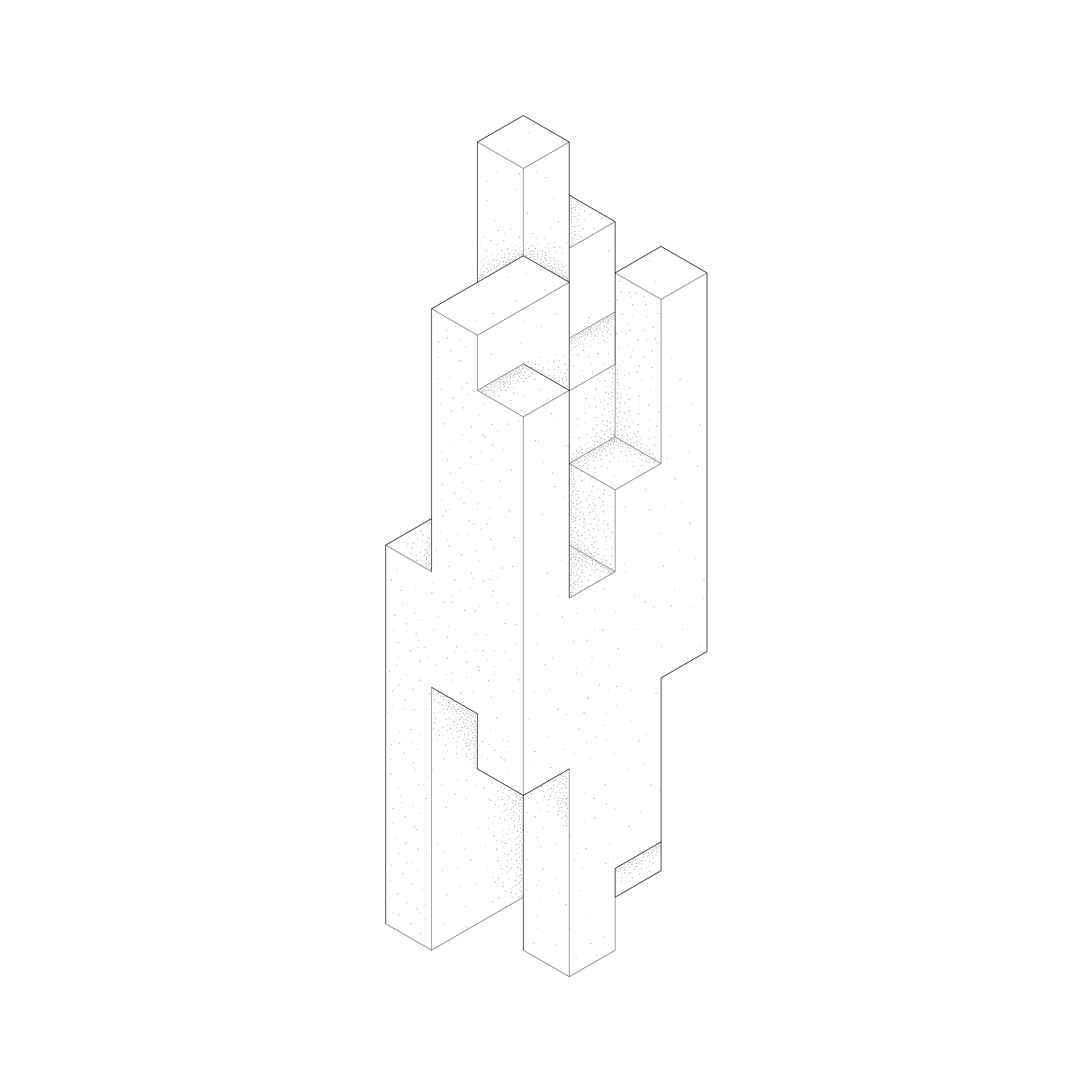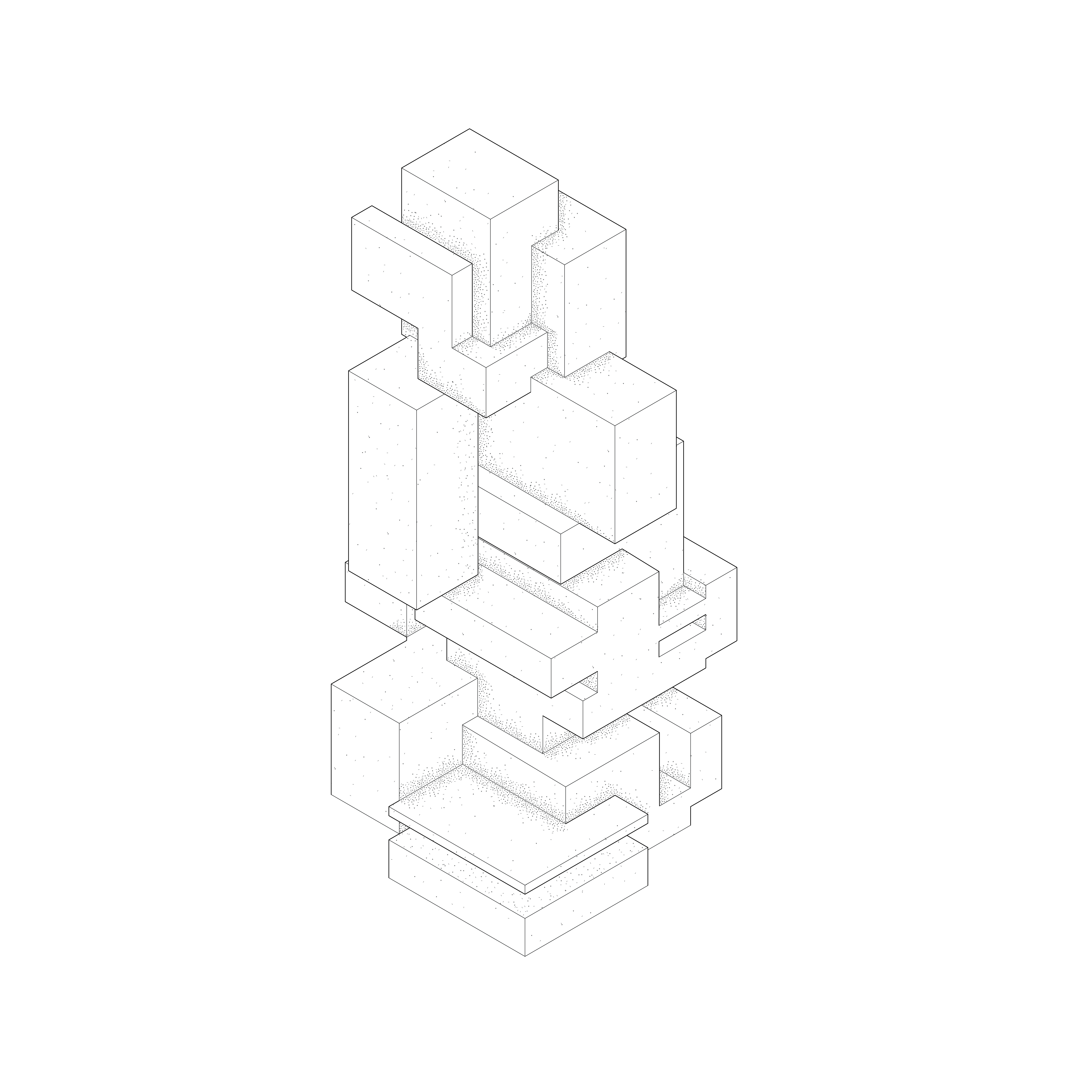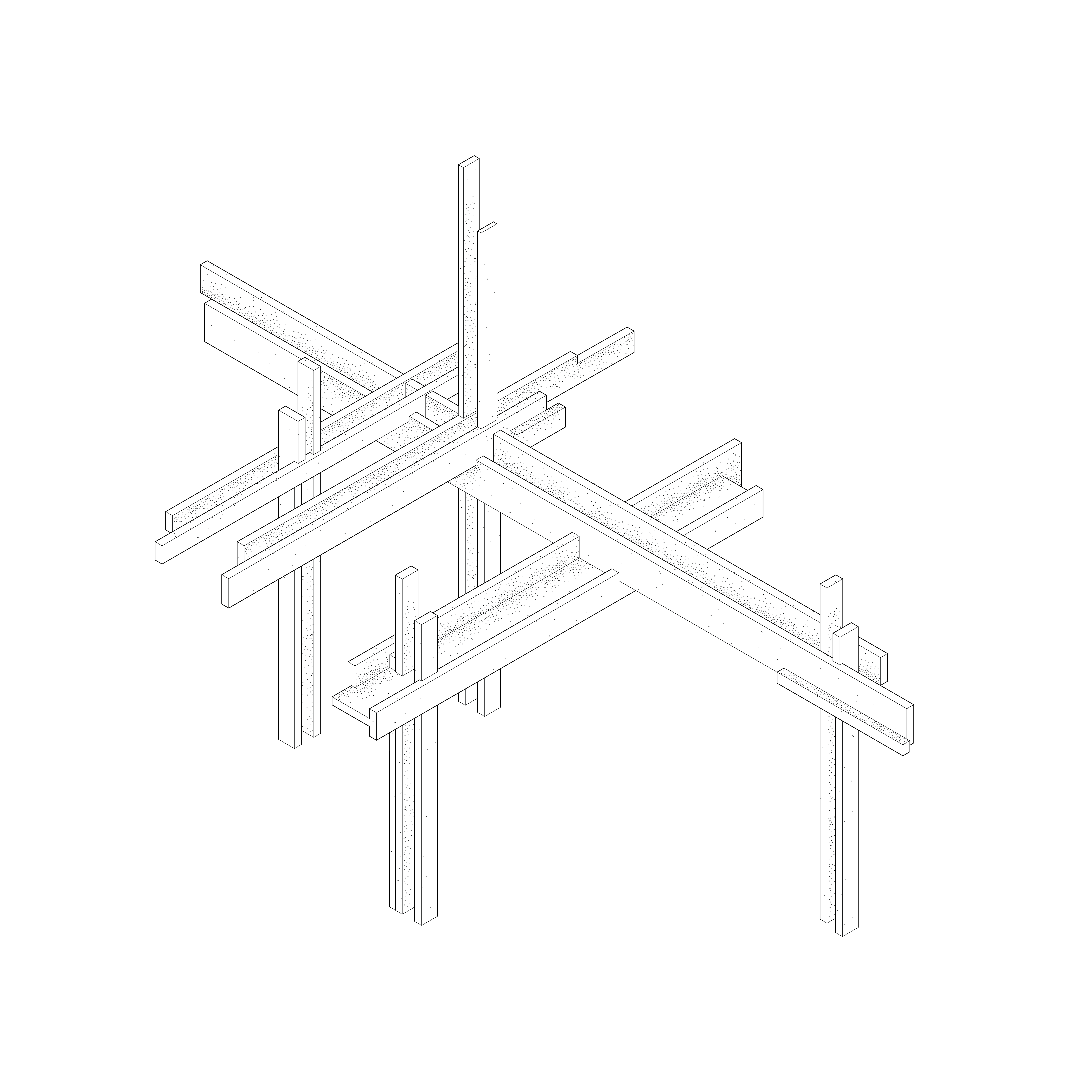Center for Land Use Reparations
Cassandra Howard
As of 2018, Puerto Rico imported 85% of its goods, only producing 15% on the island. After Hurricane Maria, Puerto Rico suffered from a lack of access to fresh produce. The Department of Agriculture in Puerto Rico has been working to support local production to reduce the number of imported foods to 65% As we have learned from Indigenous populations, localizing production is one of the most sustainable and resilient ways of life.
The Center for Land Use Reparations situates itself in Puerto Rico to teach the future land-use activists and agriculturalists how to relocalize their production and build upon Idigenous practices that are a part of the rich culture of Puerto Rico. The curriculum is divided into three parts. The first year teaches the history of land use and economic systems. The second year focuses on research for sustainable food production practices. The third year is focused on community through an active participation of the local community and the students in learning and practicing local food production.
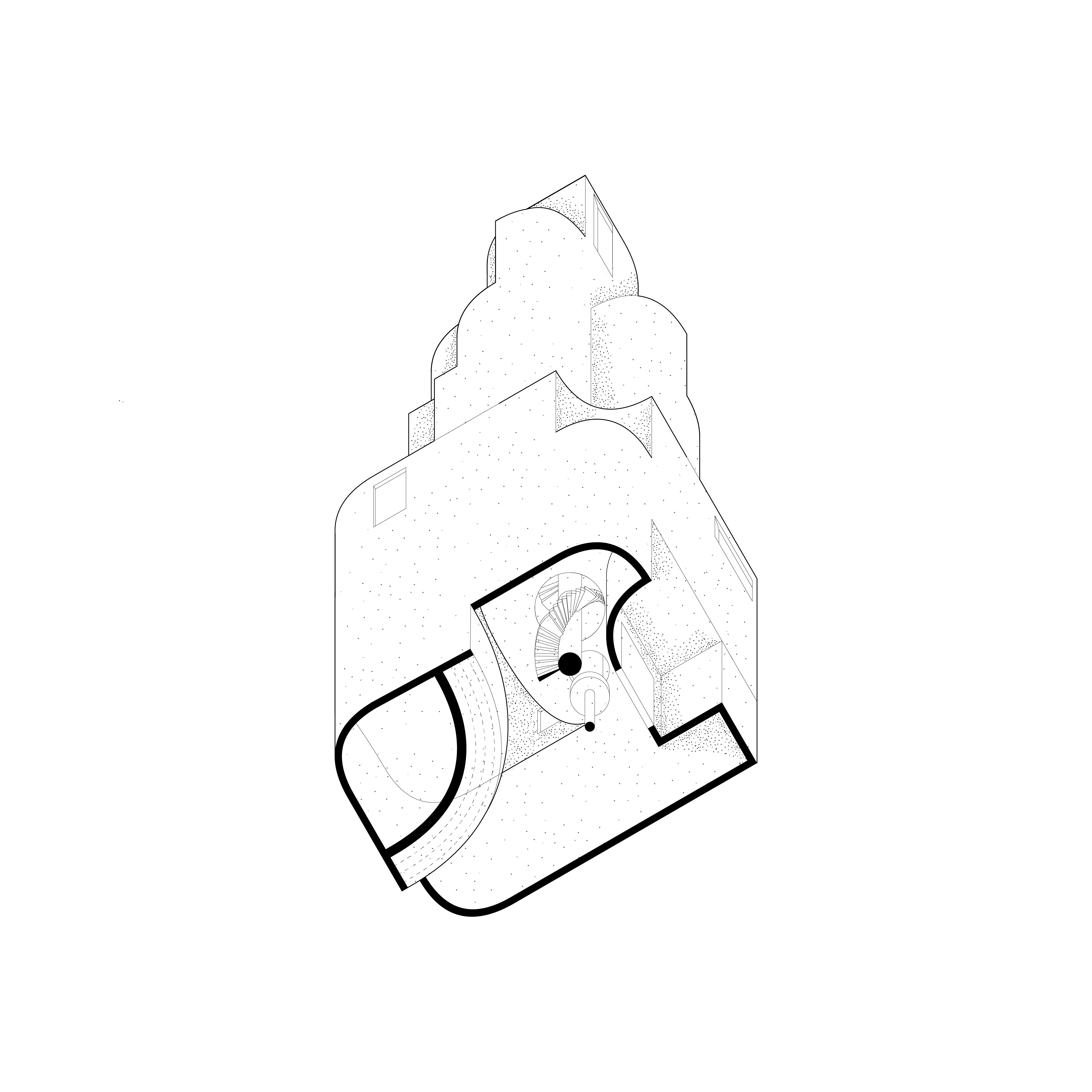
Inspired by agrarian icons of siloesque forms, the Hypersilo rises up out of ground to bring the community together in the fight for local production and equity.
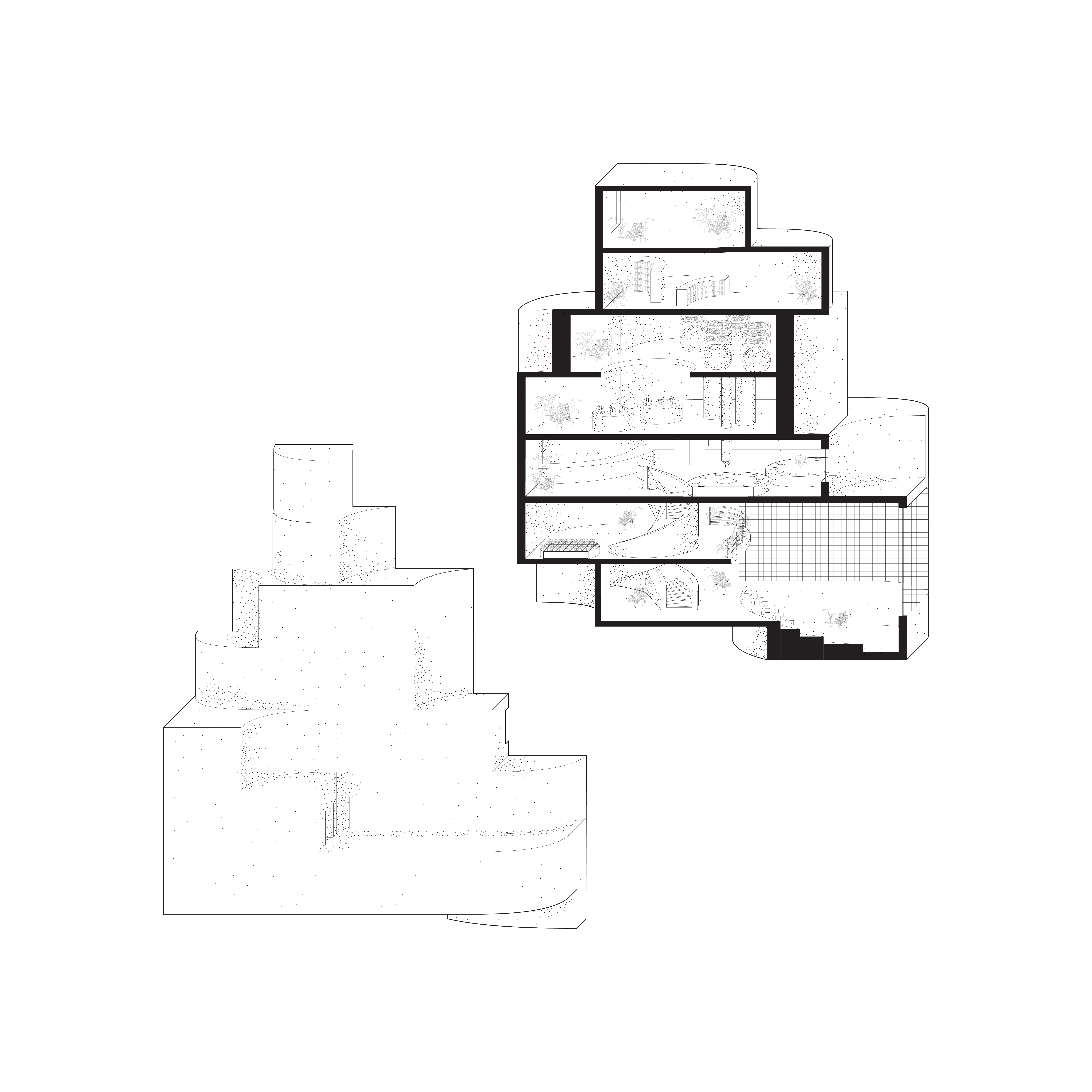
During the 17th century, we see a sudden wave of colonization and slavery throughout North and South America. Two major land-use problems come from this. The first being the loss of Indigenous populations, but also their practices, such as horticulture. The second is the increase in land intensive agriculture on the various plantations. But, the land intensive practices were also increasing in other countries, such as China which was not able to colonize other parts of the world for resource production.
This separation between Britain and China, who were both reaching the “Ecological Cul-de-sac” of resource scarcity is coined as the “Great Divergence,” by Kenneth Pomeranz. When Britain was able to colonize the West, we see the rapid advancement of Capitalism for the British and other European countries that did not happen in other parts of the world. There is a very deep relationship here of land-use patterns, the economy, and the environment.
The architecton form allows for a great pattern of diversity throughout the site for each year of the curriculum. The main building is used as the social hub for the site, bringing together discourse from all three parts of the curricula.

Auditorium Loud_reading Presentation of types of Grain Seed from Seed Bank Specialist
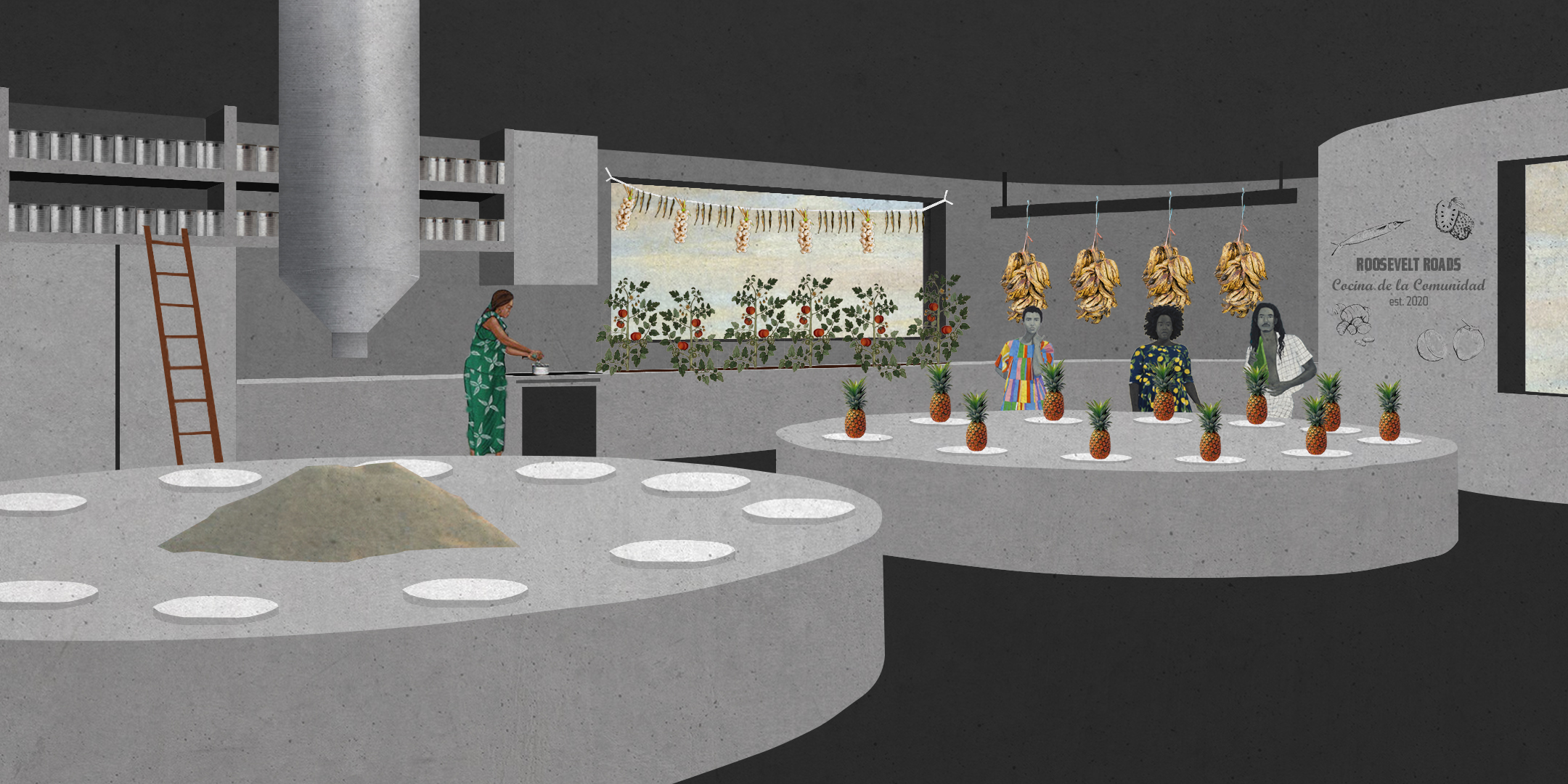
Community Kitchen featuring
Piña Colada tutorial

Harvesting from the Aquaponics Lab
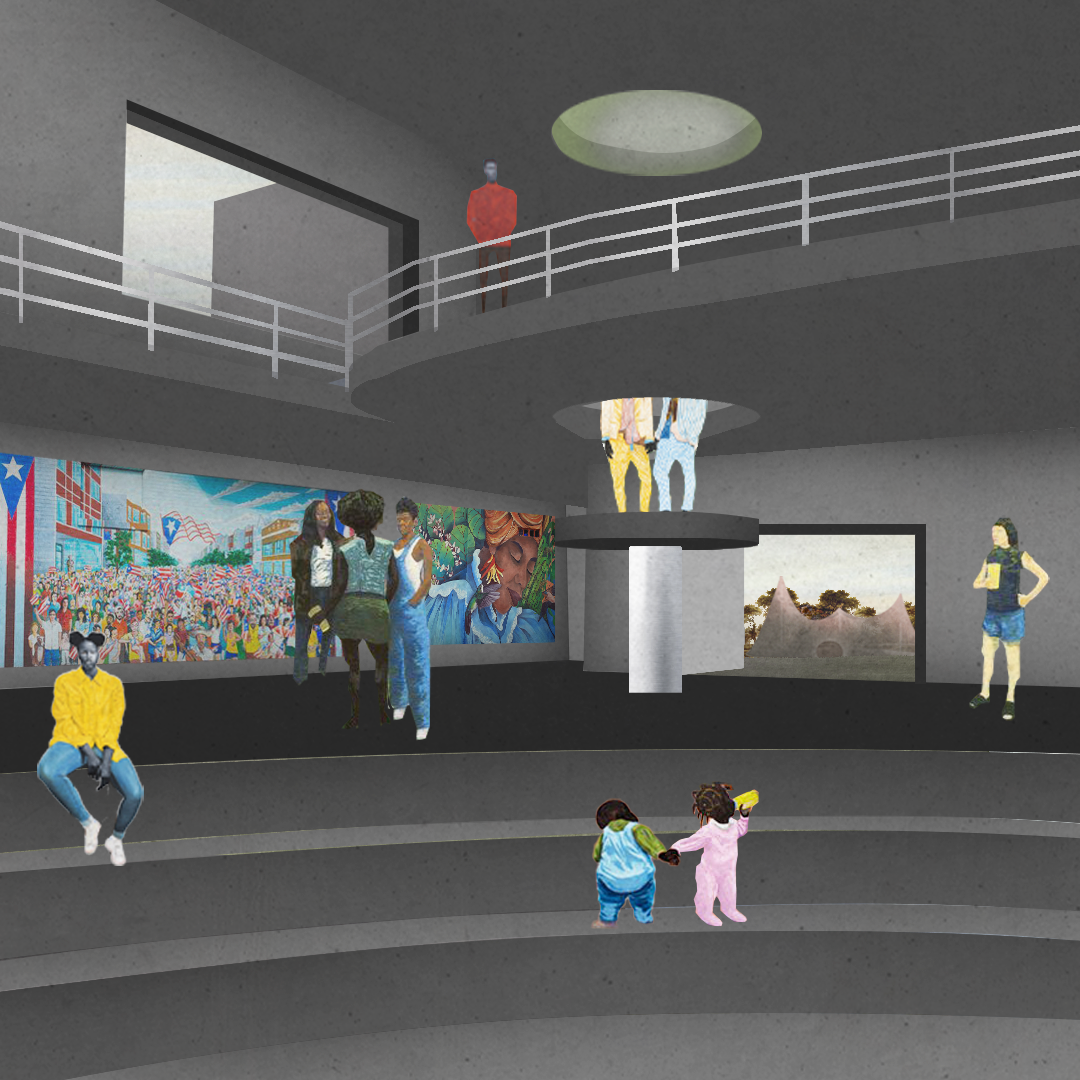


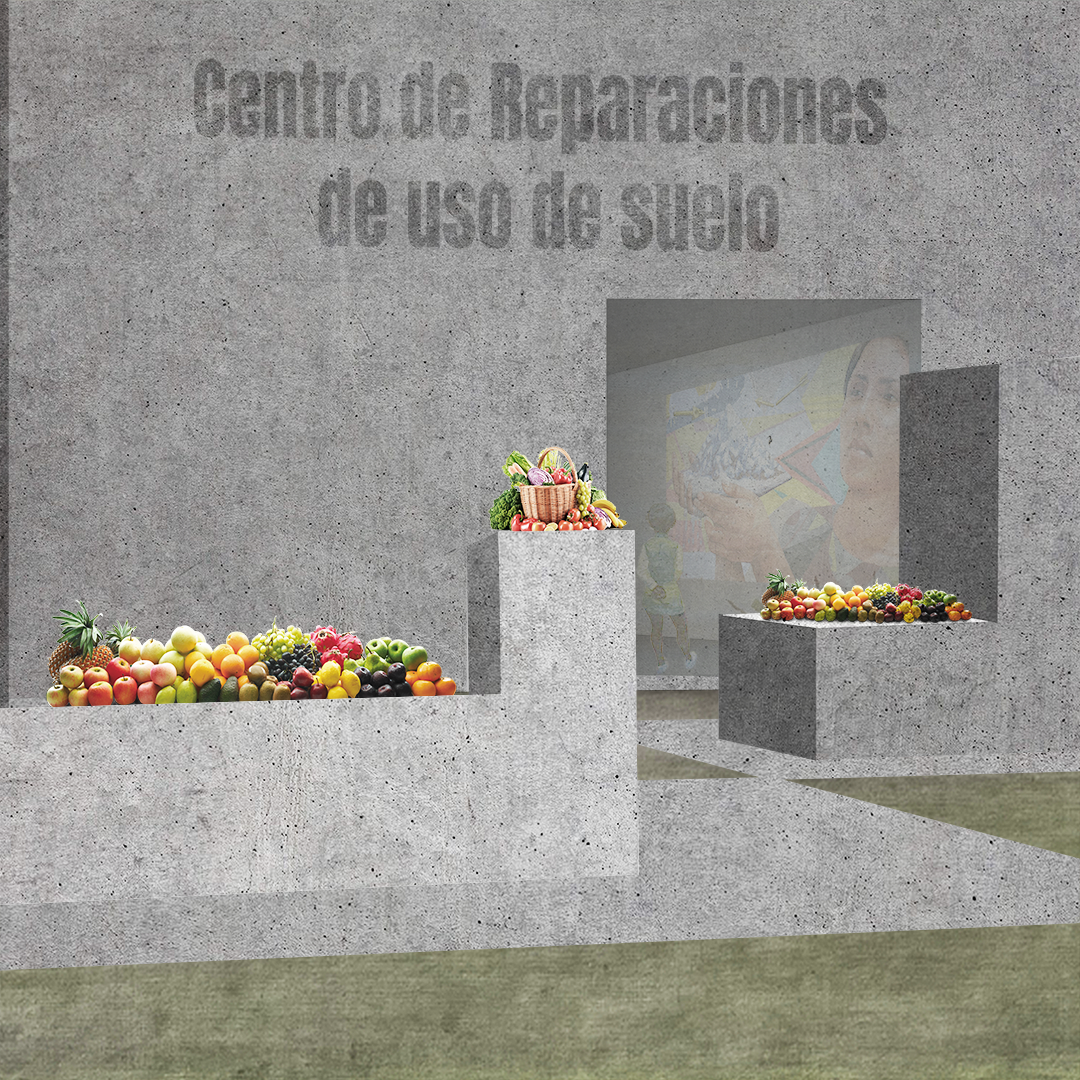



Loud Speaking in the Banana and Plantain Plot while Harvesting Honey
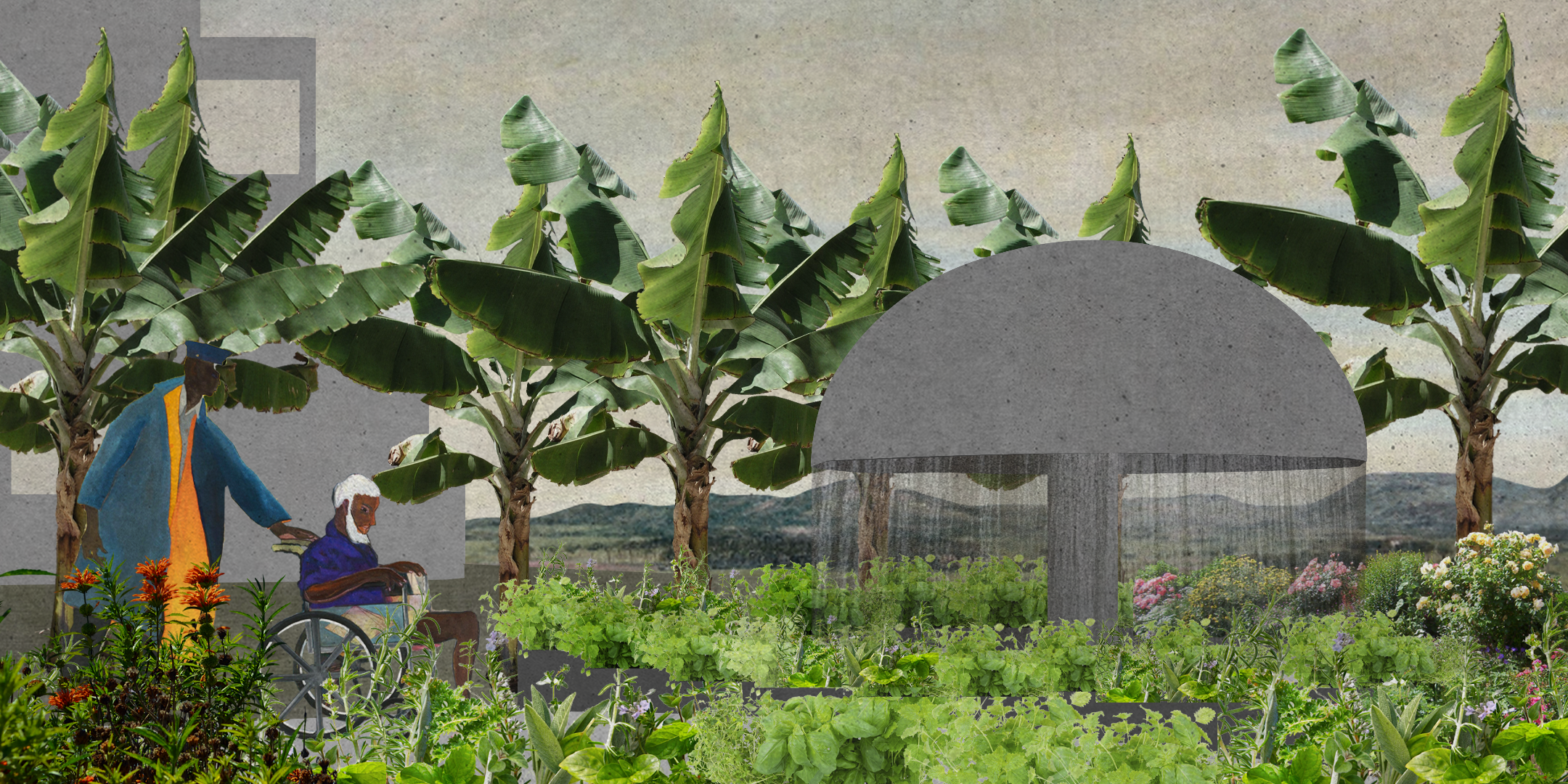
The Herb, Flower, and Meditation Garden
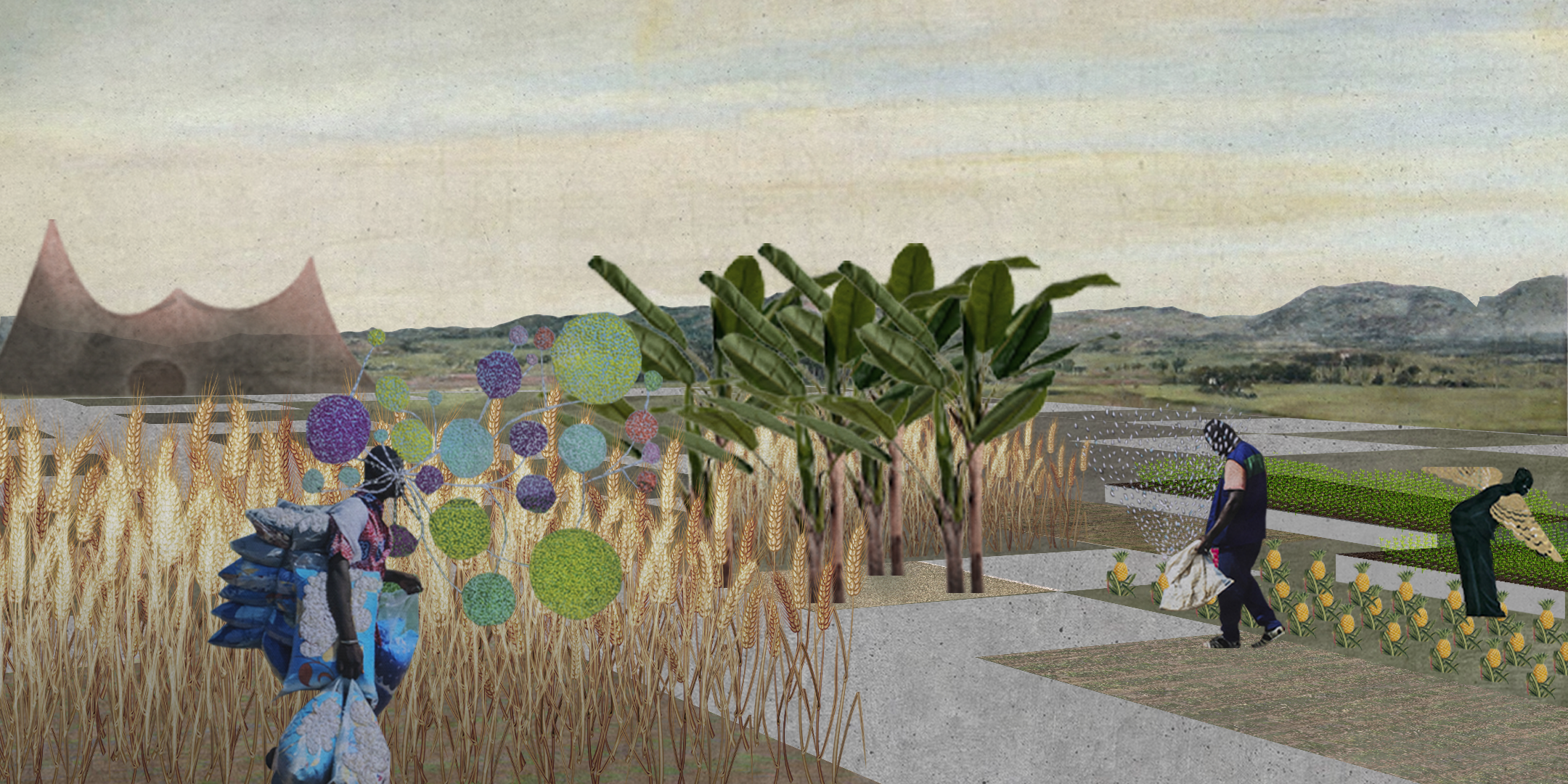
Experimental Production Fields

